Hyundai's vehicular science and the progress in korean know-how.


Hyundai's vehicular science and the progress in korean know-how.

Hyundai laid the groundwork for its future growth by acquiring fellow Korean automaker Kia Motors in 1998.
1990s
WHILE economies were still recovering from the Asian financial crisis, Korean electronics giant Samsung made several breakthroughs. The firm was the first to mass-produce digital televisions, and went on to corner the TFT-LCD market. With its crystal-clear digital TVs, the Korean electronics giant leapt ahead of the Japanese, who had been dominating the home entertainment scene.
Hyundai, meanwhile, laid the groundwork for its future growth by acquiring Kia Motors, which was insolvent then. One could say that Hyundai's capabilities and potential were doubled following this massive move.


2000s
THIS was the decade that really put South Korea on the map. Hyundai-Kia inked a sponsorship deal with FIFA to be the official automotive partner from 2002 till 2022. The partnership kicked off with the 2002 FIFA World Cup, jointly hosted by South Korea and Japan.
The 2002 World Cup was the first to be held in Asia, and on their home turf, the Koreans took on the world and TECH almost won. Their team made it all the way to the semi-finals, defeating European powerhouses such as Spain and Italy en route, and eventually finished fourth in the tournament. No Asian football team had ever come this far in the Beautiful Game.
Korean athleticism had come to the fore, and Hyundai demonstrated its athletic side, too, when it unveiled its Tau V8 engines (4.6- and 5-litre) and 8-speed automatic gearbox for rear-wheel-drive applications. Hyundai was serious about matching the performance of established V8 luxury saloons, such as the Lexus LS and BMW 7 Series, and the new powertrain made this intention clear.
At the same time, Samsung and LG became household names in consumer electronics -- literally, with advanced household appliances aplenty, including state-of-the-art TV sets.
Showing on those Korean television screens were hugely popular Korean drama series. These well-received K-dramas boosted the popularity of talented Korean celebrities and turbocharged the Hallyu wave in our region.
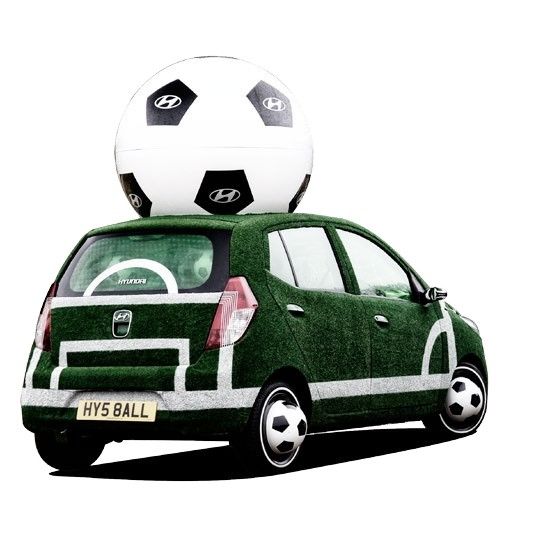

Popular K-dramas and talented Korean celebrities turbocharged the Hallyu wave in our region.

Hyundai continued pushing hard in the 2010s to boost its brand equity.
THE biggest Korean celebrity, by far, is rapper Psy. His 2012 hit song, Gangnam Style, is still the most-watched YouTube video ever and the first to hit a billion views.
Samsung also posted an impressive figure during the first half of this decade, when its smartphones outsold Apple iPhones by two million units worldwide.
Hyundai, too, continued pushing hard to boost its brand equity. In 2013, it was the first carmaker to sell a hydrogen-powered model, the Tucson Fuel Cell.
For petrolheads, Hyundai created Korea's first 6-speed dual-clutch transmission, which could be specified in the Veloster coupe.
The manufacturer also returned (after a decade) to the World Rally Championship in 2014, competing against Volkswagen and Citroen.
Enthusiasts who prefer racing on their room's carpet instead of on actual tarmac can "drive" Hyundais in the Gran Turismo series of PlayStation driving simulator games.
The one model sure to leave petrolheads in a tizzy is Hyundai's N 2025 Vision Gran Turismo, which can be "driven" in Gran Turismo 6. This exotic 872bhp virtual racecar is the ultimate idea from the brand's newly minted, performance-oriented N division.
Just like the Hallyu wave that shows no signs of ebbing, Hyundai's continued rise shows no signs of slowing. The Korean carmaker's journey has been good "Seoul" far.


Winter Sonata, Summer Scent
These automotive compositions are a decade apart in design and technology, but both embody the essence of Korean motoring.
IF you want solid proof of how much Hyundai cars have improved in the past decade, just put two generations of the same model side by side and compare their stark differences in design, quality and technology.
We've done exactly that here, placing Hyundai's all-new LF Hyundai Sonata alongside its NF predecessor from two generations ago (the previous YF model was marketed as the i45).
Ten years separate the two saloons in Singapore, but the rapid progress that the Korean automaker has made within that time makes the 2000s Sonata look and feel as if it's from the 1990s.
The new Sonata's contemporary styling is one of the clearest testaments to this progress. It has an imposing front grille flanked by chiselled headlamps, and sleek lines across its body. Only the rear looks rather generic.
The old Sonata looks plain and chunky beside its sleek 2016 successor. Its ubiquity on our roads, in the form of the many blue and yellow Sonata taxis, makes the styling even more boring.
The new Sonata is sleek on the inside, too. Its premium-feel interior comes with higher quality materials. The car also has higher-tech amenities, some of which used to be available only in luxury vehicles. These include a factoryfitted touchscreen infotainment system with Bluetooth, ventilated front seats and Blind Spot Detection. Buyers can even specify a sunroof.
For greater convenience, there's also a self-opening boot. Stand behind the trunk for three seconds with the key (in hand/pocket/ bag) and the boot opens automatically.
In terms of equipment, the old Sonata is spartan. It originally came with a locally installed double-DIN head unit, which was modern then but outmoded today.
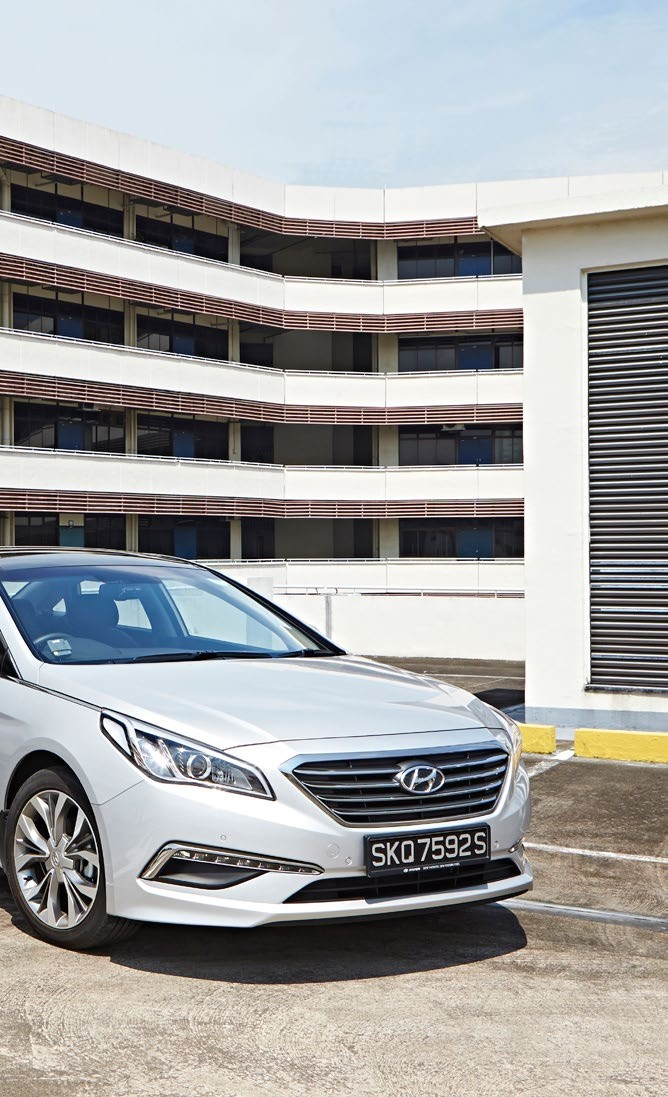
Unfashionable, too, are the cheap plastics and fake wood strips. Luxurious features are non-existent in this old car, and the cabin of this particular 2008 Sonata looks the worse for wear.
Space-wise, occupants in the newer and bigger Sonata get a better deal. The latest model is 4855mm long and 1865mm wide, or 55mm longer and 35mm wider than its ancestor.
More crucially, the new car's 2805mm wheelbase is 75mm longer than before, resulting in a much roomier interior that accommodates taller folks more comfortably.
Both Sonatas feel different to drive, even though each is powered by a 2-litre 4-cylinder petrol engine. The old engine produces 142bhp and 189Nm, and is mated to a 4-speed automatic gearbox.
Because the old NF weighs nearly 1.5 tonnes, it merely trundles from point to point. If you try to drive it like a crazy taxi with a torquey diesel powerplant, its performance would feel even weaker.
The new LF is much livelier, thanks to an additional 15bhp and 7Nm, coupled with the fact that it doesn't weigh much more despite being better equipped.
It won't win any drag races with fast and furious cabbies, but it's a nice drive otherwise, with a smoothshifting 6-speed transmission and light steering.
The old model is less "light" on its tyres and requires more effort to manoeuvre, with a setup geared towards a leisurely driving style.
These two Sonatas share the same name, but are otherwise dramatically different, with a wide disparity in design, quality and technology. They show Hyundai's impressive improvements in the building of saloons for the mass market.
At this rate, the 2020 Sonata should be a really good automotive composition.

The two Sonatas share the same name, but are otherwise dramatically different.
The Road to Tomorrow
These concept cars give us a glimpse of the designs and technologies that we can expect in future Hyundais.
HND-12 Enduro
Combining elements of an off-road motorbike and a sports utility vehicle (SUV) isn't a new idea -- Nissan did it with the Juke. What sets the Enduro apart is its racier two-door layout, versus the Juke's fivedoor configuration.
The Enduro also looks more rugged, thanks to its high ground clearance, muscular fenders and side-skirt step bars. It has a high-tech side, too, with digital cameras in place of wing mirrors. In the boot, there's a drawer-style compartment for stowage flexibility.

Vision G
If Hyundai wanted to take on the Bentley Continental GT, its contender would be the Vision G, the first luxury coupe from its premium division, Genesis Motors.
Indeed, this "Korean Continental" bears some resemblance to Britain's Conti GT, especially when viewed from the rear.
The concept's interior looks exquisite, with the button-free dashboard adding to its sleek appearance.
If the actual production car offered hand stitched upholstery and various personalisation options, the Vision G might just worry Bentley.

HCD-12 Curb
If there's a car that works like a handy Korean gadget on wheels, it would probably be the Curb UAV (Urban Activity Vehicle). To access the cabin or open the clamshell rear hatch, you slide your finger across a touchpad. And the Curb's dashboard is a gigantic, acrylic multi-zone touchscreen.
Social networkers can "check in" wherever they drive to, with the car's Location Sharing feature that relies on Hyundai's Blue Link connectivity technology. And active urbanites will appreciate the Curb's popout bike rack, pop-up roof rails and fast-drying seats.

HND-9
This ravishing coupe is the vehicular equivalent of a South Korean supermodel -- without any plastic surgery.
This natural beauty has curvaceous bodywork, a long bonnet, butterfly doors and 22-inch alloy wheels. It's also beautiful on the inside, with an aeroplane-inspired cockpit and unique seats made with a special mesh that projects different colours when viewed from various angles.
If it were equipped with an uprated V8 instead of its 3.3-litre turbo V6, the HND-9 could be the basis for Hyundai's first supercar.
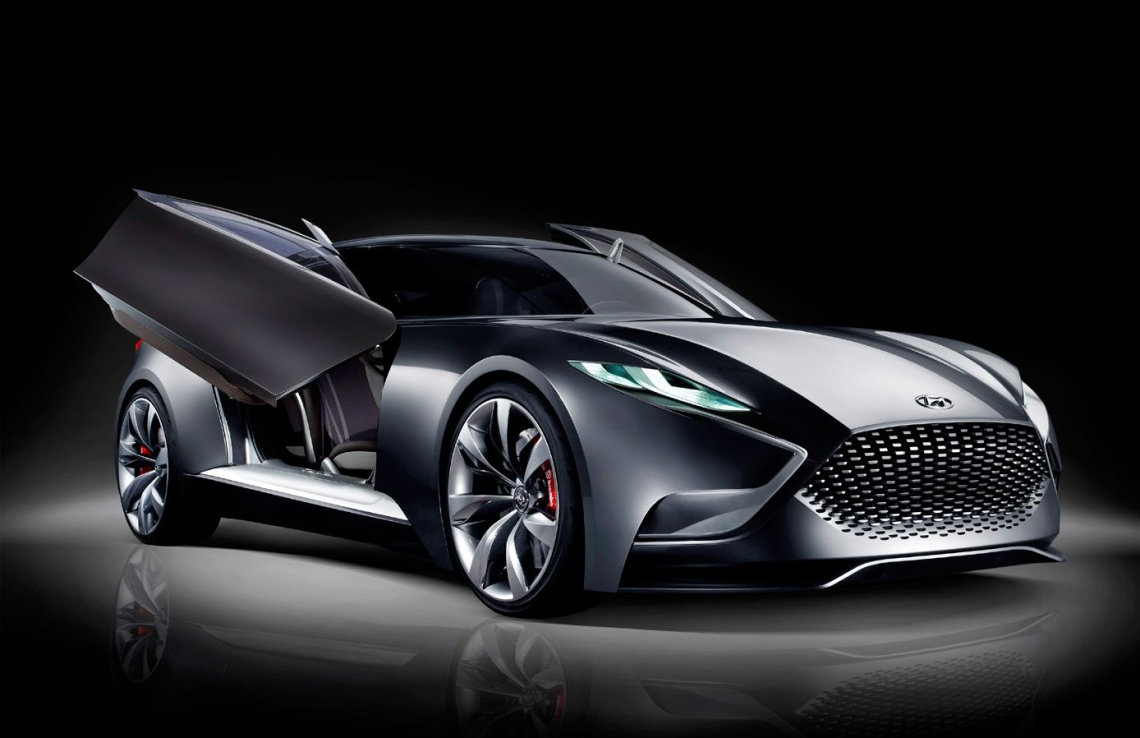
Genesis New York Concept
With its striking styling and technological sophistication, this prototype would look perfectly at home in tomorrow's cosmopolitan cities. It's highly sophisticated inside the cabin, too, with a 21-inch 4K-resolution curved screen atop the dashboard to display multimedia and instrumentation.
Adding to the cockpit's K-drama are the analogue meters and open-format steering wheel. Rich interior materials, including stainless steel mesh colour-matched to the exterior's copper accents, make the occupants of the four individually sculpted seats feel like privileged "New Yorkers".

Intrado
SUV fans tired of hearing environmentalists complain about their vehicle choice should hope that the ecofriendly Intrado makes it to production.
The concept's "green" technology includes a carbon fibre structure 70 percent lighter than conventional steel and a hydrogen-fuelled powertrain from the Tucson Fuel Cell.
The Intrado is the first concept penned under the direction of design guru Peter Schreyer, who moved from sister company Kia to become Hyundai's president and head of design.
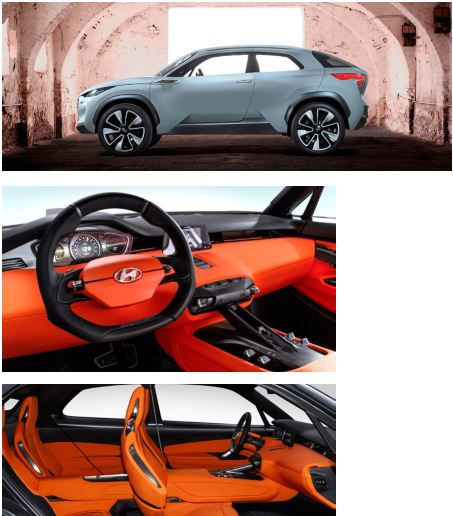
Last Word
The Torque team of petrolheads talk about their favourite Hyundais of all time.
Lynn Tan I bought a 2007 Tuscani and drove it for a year. I like its design, and I love coupes. I call it the "poor woman's Ferrari" because after slapping on a set of 18-inch wheels, my Tuscani did look somewhat like a "598". Its performance was far from supercar standards, but it handled decently, held its ground firmly and had a well-tuned suspension.

Christopher Tan My fave Hyundai is the i40 Wagon, which I drove in 2012. The car is pleasing to the eye, incredibly well built, and stacked with features which wouldn't look out of place in an Audi Avant. The car is also spacious, and superb on the go. It eventually placed 6th in the annual ST-Torque Car of the Year Awards 2012. Which says a lot.

Jeremy Chua Apart from the Genesis' build quality, amenities and overall refinement, the Hyundai flagship is impressive because even regular folks with no interest in cars are wowed by it. My better half, for instance, said it's one of the few cars she cannot find fault with.
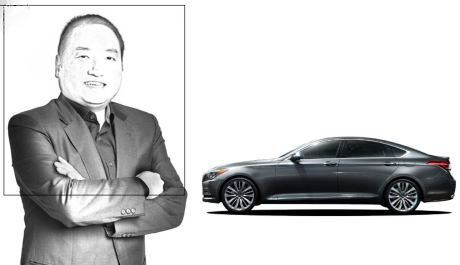
Shreejit Changaroth The Pony was the first South Korean motorcar exported to Singapore. My first-ever drive of a Pony back in 1984 revealed a poorly built vehicle with sloppy handling. But its robust mechanicals more than made up for the deficiencies.
It could be driven to the max and ripped around corners, where its live axle could barely keep the car in line. The Pony galloping in the wet was even more fun. The best bit was that nothing much went wrong, and even when something did go wrong, fixing it was a cinch.
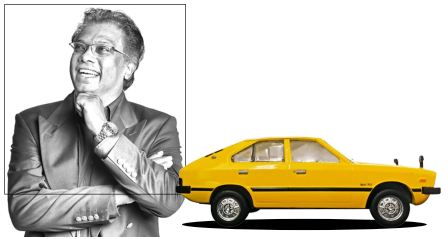
Dr Kong Yongyao We were students on an Australia road trip, rowdily weaving memories for the best years of our lives. Step forward, the 2012 Hyundai i30 that matched us every step in spirit. It was peppy, robust, willing, full of verve... and rented on a budget.

Edric Pan The Atos epitomised cheap and cheerful. Back in 1997, it was minimalist before minimalism was in vogue. The grey plastic cabin was unapologetically spartan, but because there was so little equipment, there was nothing that could go wrong.
What it had was lots of room for such a small car, with a radical tall-boy stance to liberate improbable amounts of space inside. Despite having to stir through the gears to make full use of the 1-litre engine's paltry 54bhp, driving the Atos somehow brightened my mood. The look on its driver's face always mirrored the goofy smile on the car's front end.
























